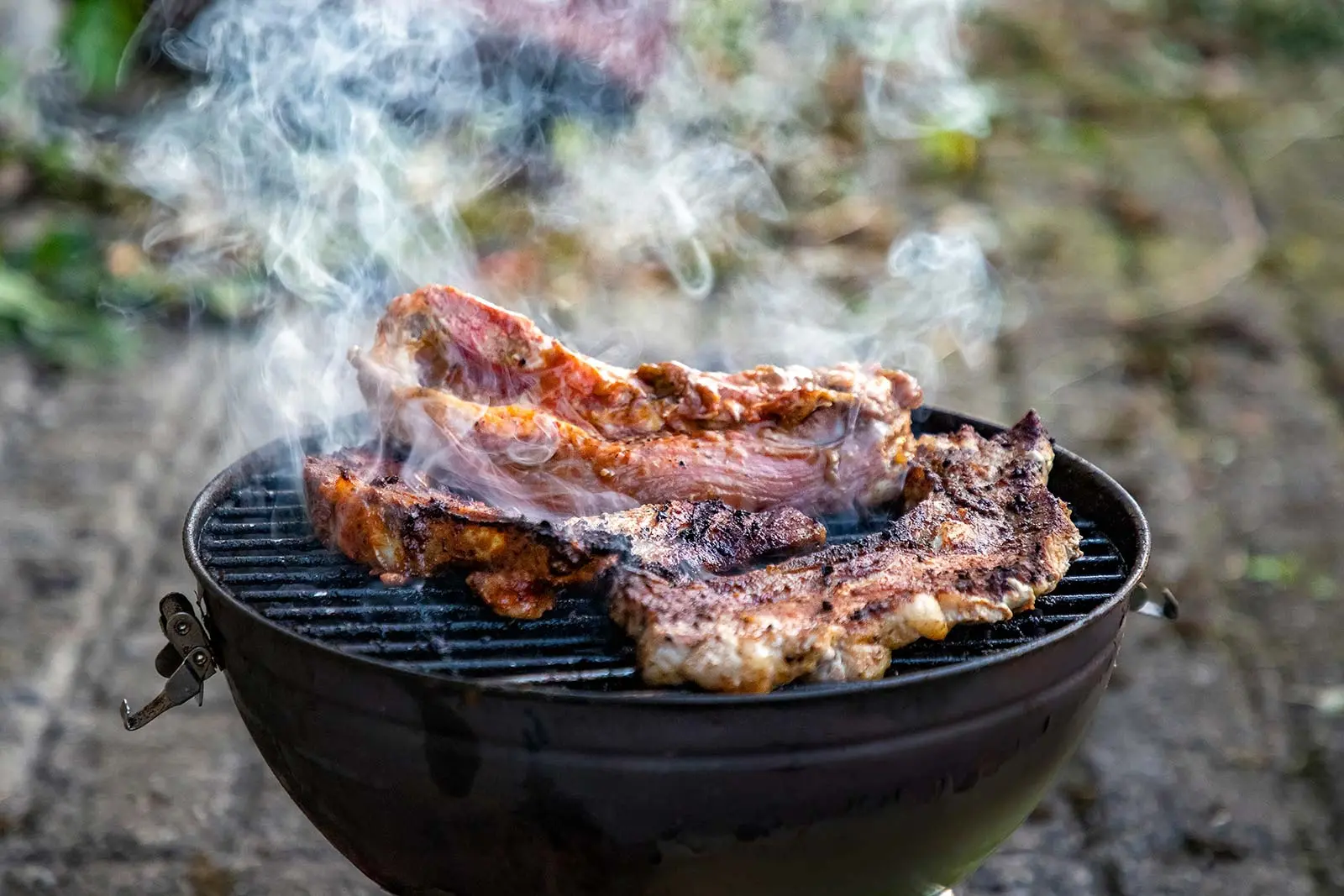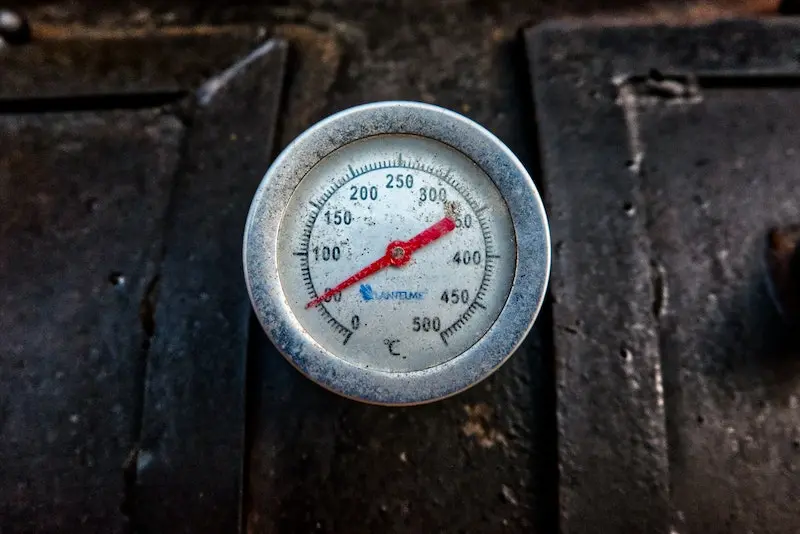If you're a fan of barbecue, you've probably heard of the term low and slow. It refers to a cooking technique that involves cooking meat at a low temperature for an extended period of time. This method is commonly used in smokehouses to create tender, flavorful, and juicy barbecue. But why do we cook low and slow? What is the science behind it? In this article, we will explore the basics of low and slow BBQ and how it works.
What is Low and Slow BBQ?
Low and slow BBQ is a method of cooking that involves smoking meat at a low temperature for a long period of time. The temperature typically ranges from 110-135C (225-275F). Unlike grilling, which involves cooking meat at high temperatures for a short period of time, low and slow BBQ allows the meat to cook slowly, resulting in tender, juicy, and flavorful barbecue.
Basics of Energy Transfer: How is our Food Cooked?
To understand why low and slow BBQ is so effective, we need to understand how meat is cooked and how heat energy is transferred. When we cook meat, such as a pork butt, in a smoker at a low temperature, the hot air in contact with the surface of the meat transfers heat energy to the outer part of the meat. This heat energy then cooks the inner layers of the meat, resulting in even cooking throughout.

However, the temperature gradient is important here. The inner parts of the meat are cooked by the outer part, which means that for the center of the meat to be cooked properly, all the layers outside of it need to be at the right temperature. This is why low and slow cooking is necessary, as it allows for even cooking and prevents the outer layers from overcooking.
Why Cook Low and Slow?
There are several benefits to cooking meat low and slow:
- Even Cooking: Low and slow cooking ensures that the meat cooks evenly from edge to edge, resulting in a moist and juicy texture throughout.
- Rendering of Fat: Cooking meat at a low temperature allows the fat to slowly render, resulting in a more tender and flavorful end product.
- Breakdown of Connective Tissue: The collagen in meat breaks down into gelatin at a combination of temperature and time. Low and slow cooking provides enough time for this process to occur, resulting in tender and juicy barbecue.
- Flavor Development: The slow cooking process allows the flavors to develop and penetrate the meat, resulting in a rich and smoky taste.
How to Cook Low and Slow on the Grill
Now that we understand the basics of low and slow BBQ, let's talk about how to achieve this cooking method on a grill:
- Choose the Right Temperature: Set your grill to a temperature range of 110-135C (225-275F). This will ensure that the meat cooks slowly and evenly.
- Prepare the Meat: Season the meat with your desired rub or marinade. Let it sit for a while to allow the flavors to penetrate the meat.
- Set Up the Grill: Set up your grill for indirect heat by placing the charcoal or wood chips on one side of the grill and the meat on the other side. This will create a slow and steady cooking environment.
- Monitor the Temperature: Use a meat thermometer to monitor the internal temperature of the meat. Aim for an internal temperature of 95-98C (203-208F) for cuts like brisket or pork butt.
- Be Patient: Low and slow cooking takes time. Depending on the cut of meat, it can take anywhere from 5 hours to 12 hours. Patience is key to achieving tender and flavorful barbecue.
Low and slow BBQ is a cooking technique that produces tender, flavorful, and juicy barbecue. By cooking meat at a low temperature for an extended period of time, the flavors develop, the fat renders, and the connective tissue breaks down, resulting in a delicious end product. While there are specific temperature ranges and cooking times, it's important to experiment and find what works best for you. So fire up your grill, take your time, and enjoy the art of low and slow BBQ!
What is the ideal temperature for low and slow BBQ?
The ideal temperature for low and slow BBQ is in the range of 110-135C (230-275F). This temperature allows the meat to cook slowly and evenly, resulting in tender and flavorful barbecue.
How long does it take to cook low and slow BBQ?
The cooking time for low and slow BBQ varies depending on the cut of meat. Small cuts like chops may take around 5 hours, while larger cuts like brisket can take anywhere from 10-12 hours. It's important to practice and get to know your equipment to determine the exact cooking time for each cut.
Can I cook low and slow on a gas grill?
Yes, you can cook low and slow on a gas grill. Just make sure to set the temperature to the desired range and use indirect heat by turning off the burners under the meat and keeping the burners on the other side of the grill on low.
Table: Temperature and Cooking Time Guide
| Cut of Meat | Ideal Temperature Range | Cooking Time |
|---|---|---|
| Pork Butt | 110-135C (230-275F) | 10-12 hours |
| Brisket | 110-135C (230-275F) | 10-12 hours |
| Ribs | 110-135C (230-275F) | 5-6 hours |
| Chicken | 110-135C (230-275F) | 2-3 hours |
Remember, these are just general guidelines, and the cooking time may vary depending on the size and thickness of the meat. It's always best to use a meat thermometer to ensure the meat reaches the desired internal temperature.
As you embark on your low and slow BBQ journey, remember to have fun, experiment with flavors, and enjoy the process. Happy grilling!
If you want to know other articles similar to Mastering low and slow bbq: the art of tender and juicy barbecue you can visit the Barbecue category.


Related Articles